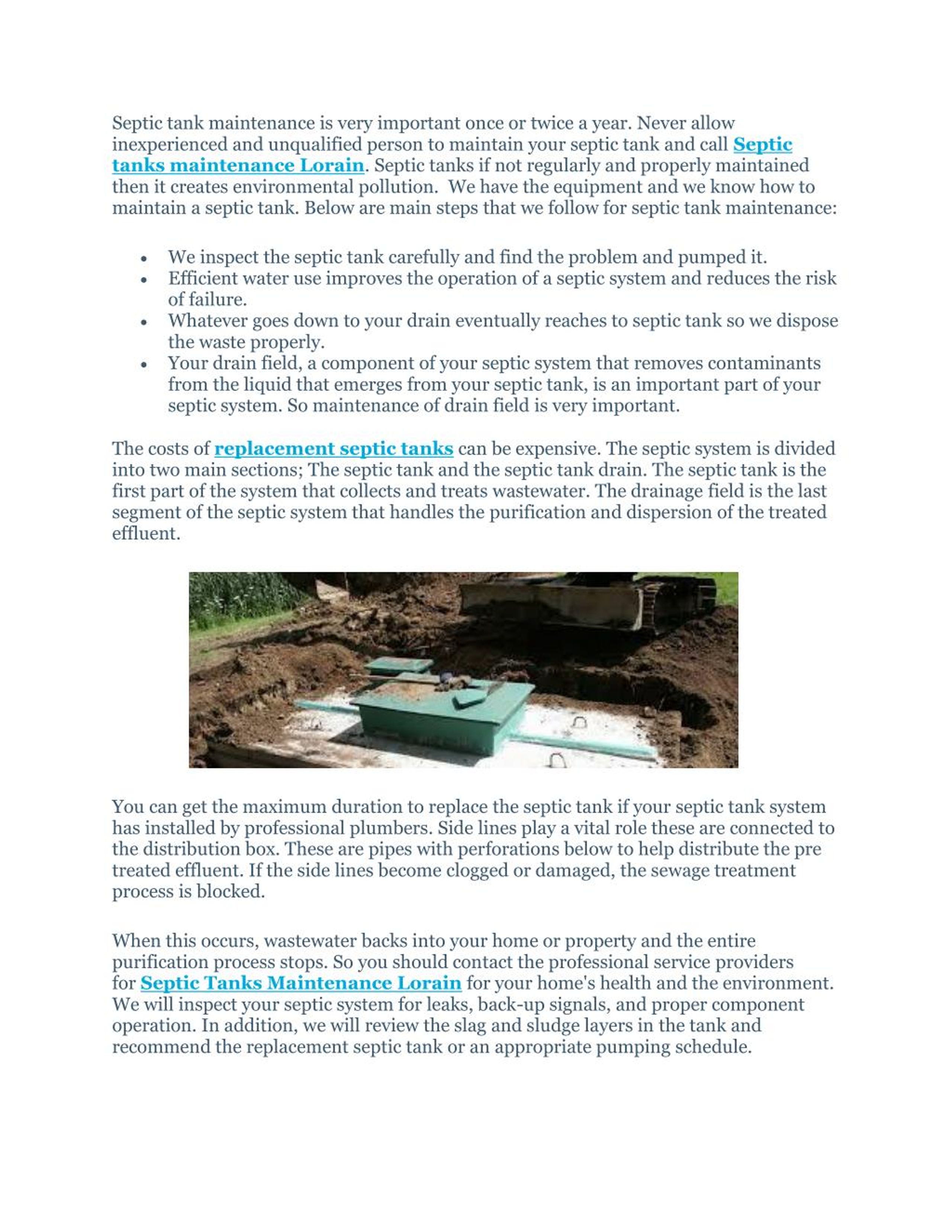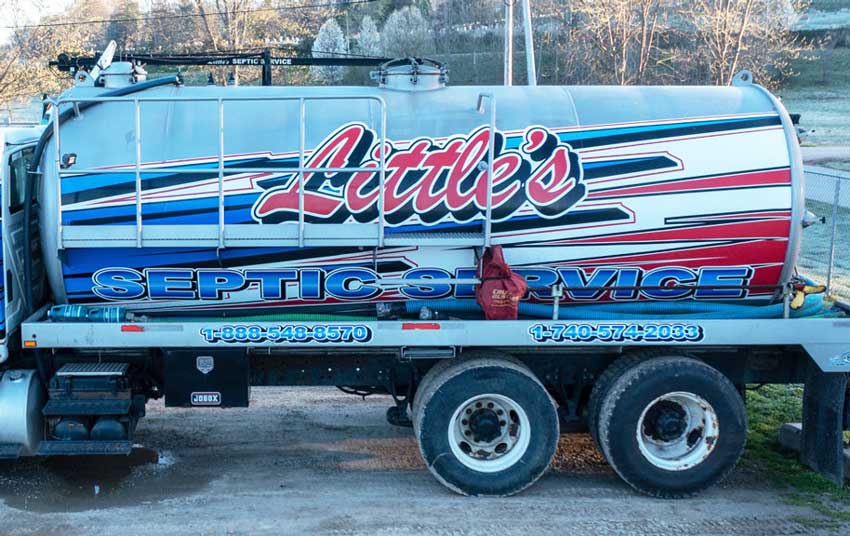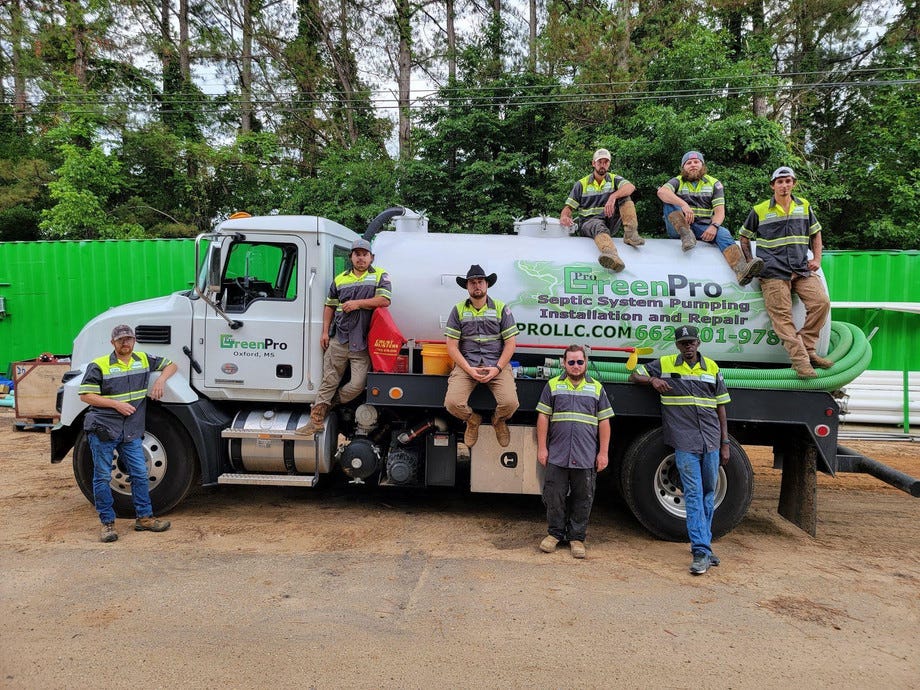Get This Report about Stillwell Septic And Grading
Get This Report about Stillwell Septic And Grading
Blog Article
The Definitive Guide to Stillwell Septic And Grading
Table of ContentsUnknown Facts About Stillwell Septic And GradingNot known Incorrect Statements About Stillwell Septic And Grading Some Known Incorrect Statements About Stillwell Septic And Grading How Stillwell Septic And Grading can Save You Time, Stress, and Money.Little Known Questions About Stillwell Septic And Grading.10 Simple Techniques For Stillwell Septic And GradingAll About Stillwell Septic And Grading
Overall, septic system installation is a complicated process that requires cautious preparation and execution. Homeowners must collaborate with a reliable installation team and be mindful of local regulations and demands to ensure that their septic tank functions effectively for many years ahead. After the septic system has actually been installed and attached to the drain area, it is time to backfill the location.The backfill product should be totally free of clods, large rocks, icy matter, and particles that can cause voids in the backfill that might permit clearing up gradually. Squashed rock or pea gravel 1/2-inch in size is liked if indigenous materials are not ideal. As soon as the backfilling is full, it is time to landscape the area.
As soon as the septic tank has been mounted, it is crucial to test it to make certain that it is functioning correctly (Septic Service, Maintenance and Installation). https://stillwellsag.bandcamp.com/album/stillwell-septic-and-grading. Testing the system includes looking for leakages, making sure that the storage tank goes to the suitable degree, and examining the drainpipe area. One of one of the most typical tests performed is the hydraulic lots examination
The Facts About Stillwell Septic And Grading Uncovered
The water is then kept track of to make certain that it moves correctly via the pipes and into the drain field. If the water does not stream correctly or supports into the tank, it may indicate a problem with the system. One more examination that is commonly performed is the color examination.
The color is then kept an eye on to make sure that it flows appropriately via the pipelines and right into the drain field. If the dye does not stream appropriately or appears in the wrong place, it might suggest a problem with the system. It is important to have a professional execute these tests to make sure that they are done properly.

Not known Facts About Stillwell Septic And Grading
Right here are some look at these guys necessary pointers for house owners to maintain their septic system: The average house septic tank ought to be evaluated at the very least every three years by a septic service professional. The frequency of pumping depends upon the dimension of the storage tank and the number of individuals utilizing it. http://dugoutmugs01.unblog.fr/?p=3456. A general regulation of thumb is to pump the tank every 3 to 5 years
Using water-efficient fixtures and devices, such as low-flow showerheads and bathrooms, can lower water use and aid the septic system job much more effectively. Only flush bathroom tissue and human waste down the toilet. Stay clear of flushing anything else, including womanly hygiene products, infant wipes, and food preparation grease, as they can block the system.
10 Easy Facts About Stillwell Septic And Grading Explained
Sewage-disposal tank setup is an intricate process that needs cautious planning and execution. Homeowners must recognize the essential actions involved in the installment procedure to make sure that their septic system functions properly and effectively. The initial step is to review the site where the septic tank will be installed.
As soon as the site has been reviewed, the next step is to prepare for the setup. House owners need to make certain that their contractor is experienced in septic tank installation and will certainly function together with them throughout the process.
The Definitive Guide for Stillwell Septic And Grading

Homeowners need to recognize the needed actions involved in the installation process to guarantee that their septic tank functions appropriately and successfully. By adhering to these steps and maintaining their system, home owners can rest assured that their septic tank will certainly offer reputable wastewater therapy for years to find.
Virtually one in 5 U.S. homes have septic systems. Yours may be one of them. If you're not correctly keeping your septic tank, you're not only injuring the setting, you're placing your family's wellness at riskand may be purging thousands of dollars away! Do Your Component, Be SepticSmart: The Do's and Do n'ts of Your Septic System.
The Definitive Guide to Stillwell Septic And Grading

All that added water can actually stress your septic system. This can be helpful especially if your system has not been pumped in a long time.
Getting My Stillwell Septic And Grading To Work
Know your system's location. When you have the storage tank pumped, draw a layout or map showing its area in relation to taken care of factors - edges of the house, actions, or fencing articles.
Lower the amount of wastewater that need to be treated and disposed of by your system: Clean no more than one or 2 tons of clothing daily. Up to 53 gallons of water flooding your septic system with each load, so it's best to spread out laundry out over the week.
Report this page